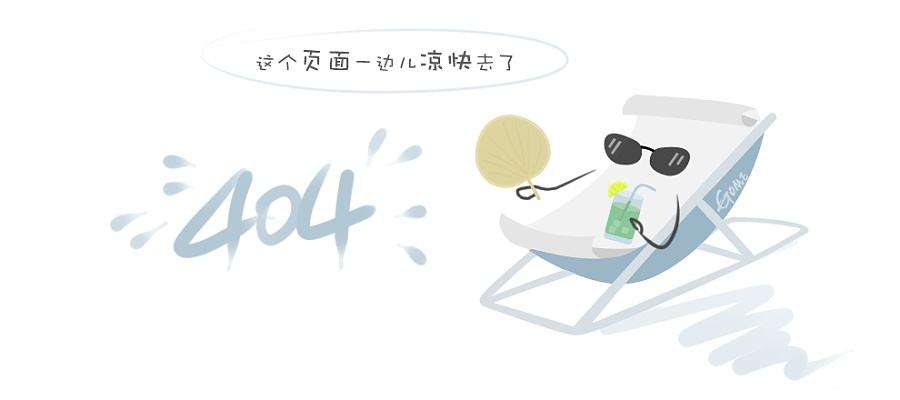cuboids, cylinders, and spheres -pg电子麻将胡了
this example shows how to create 3-d geometries formed by one or more cubic, cylindrical, and spherical cells by using the , , and functions, respectively. with these functions, you can create stacked or nested geometries. you also can create geometries where some cells are empty; for example, hollow cylinders, cubes, or spheres.
all cells in a geometry must be of the same type: either cuboids, or cylinders, or spheres. these functions do not combine cells of different types in one geometry.
single sphere
create a geometry that consists of a single sphere and include this geometry in a pde model.
use the multisphere function to create a single sphere. the resulting geometry consists of one cell.
gm = multisphere(5)
gm =
discretegeometry with properties:
numcells: 1
numfaces: 1
numedges: 0
numvertices: 0
vertices: []
create a pde model.
model = createpde
model =
pdemodel with properties:
pdesystemsize: 1
istimedependent: 0
geometry: []
equationcoefficients: []
boundaryconditions: []
initialconditions: []
mesh: []
solveroptions: [1x1 pde.pdesolveroptions]
include the geometry in the model.
model.geometry = gm
model =
pdemodel with properties:
pdesystemsize: 1
istimedependent: 0
geometry: [1x1 discretegeometry]
equationcoefficients: []
boundaryconditions: []
initialconditions: []
mesh: []
solveroptions: [1x1 pde.pdesolveroptions]
plot the geometry.
pdegplot(model,"celllabels","on")

nested cuboids of same height
create a geometry that consists of three nested cuboids of the same height and include this geometry in a pde model.
create the geometry by using the multicuboid function. the resulting geometry consists of three cells.
gm = multicuboid([2 3 5],[4 6 10],3)
gm =
discretegeometry with properties:
numcells: 3
numfaces: 18
numedges: 36
numvertices: 24
vertices: [24x3 double]
create a pde model.
model = createpde
model =
pdemodel with properties:
pdesystemsize: 1
istimedependent: 0
geometry: []
equationcoefficients: []
boundaryconditions: []
initialconditions: []
mesh: []
solveroptions: [1x1 pde.pdesolveroptions]
include the geometry in the model.
model.geometry = gm
model =
pdemodel with properties:
pdesystemsize: 1
istimedependent: 0
geometry: [1x1 discretegeometry]
equationcoefficients: []
boundaryconditions: []
initialconditions: []
mesh: []
solveroptions: [1x1 pde.pdesolveroptions]
plot the geometry.
pdegplot(model,"celllabels","on","facealpha",0.5)

stacked cylinders
create a geometry that consists of three stacked cylinders and include this geometry in a pde model.
create the geometry by using the multicylinder function with the zoffset argument. the resulting geometry consists of four cells stacked on top of each other.
gm = multicylinder(10,[1 2 3 4],"zoffset",[0 1 3 6])gm =
discretegeometry with properties:
numcells: 4
numfaces: 9
numedges: 5
numvertices: 5
vertices: [5x3 double]
create a pde model.
model = createpde
model =
pdemodel with properties:
pdesystemsize: 1
istimedependent: 0
geometry: []
equationcoefficients: []
boundaryconditions: []
initialconditions: []
mesh: []
solveroptions: [1x1 pde.pdesolveroptions]
include the geometry in the model.
model.geometry = gm
model =
pdemodel with properties:
pdesystemsize: 1
istimedependent: 0
geometry: [1x1 discretegeometry]
equationcoefficients: []
boundaryconditions: []
initialconditions: []
mesh: []
solveroptions: [1x1 pde.pdesolveroptions]
plot the geometry.
pdegplot(model,"celllabels","on","facealpha",0.5)

hollow cylinder
create a hollow cylinder and include it as a geometry in a pde model.
create a hollow cylinder by using the multicylinder function with the void argument. the resulting geometry consists of one cell.
gm = multicylinder([9 10],10,"void",[true,false])gm =
discretegeometry with properties:
numcells: 1
numfaces: 4
numedges: 4
numvertices: 4
vertices: [4x3 double]
create a pde model.
model = createpde
model =
pdemodel with properties:
pdesystemsize: 1
istimedependent: 0
geometry: []
equationcoefficients: []
boundaryconditions: []
initialconditions: []
mesh: []
solveroptions: [1x1 pde.pdesolveroptions]
include the geometry in the model.
model.geometry = gm
model =
pdemodel with properties:
pdesystemsize: 1
istimedependent: 0
geometry: [1x1 discretegeometry]
equationcoefficients: []
boundaryconditions: []
initialconditions: []
mesh: []
solveroptions: [1x1 pde.pdesolveroptions]
plot the geometry.
pdegplot(model,"celllabels","on","facealpha",0.5)

